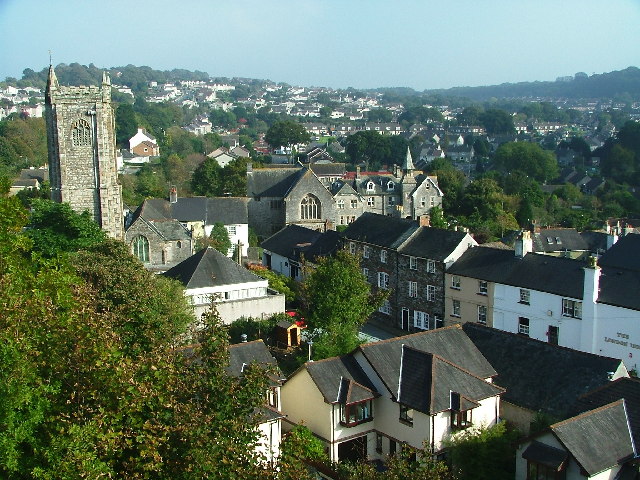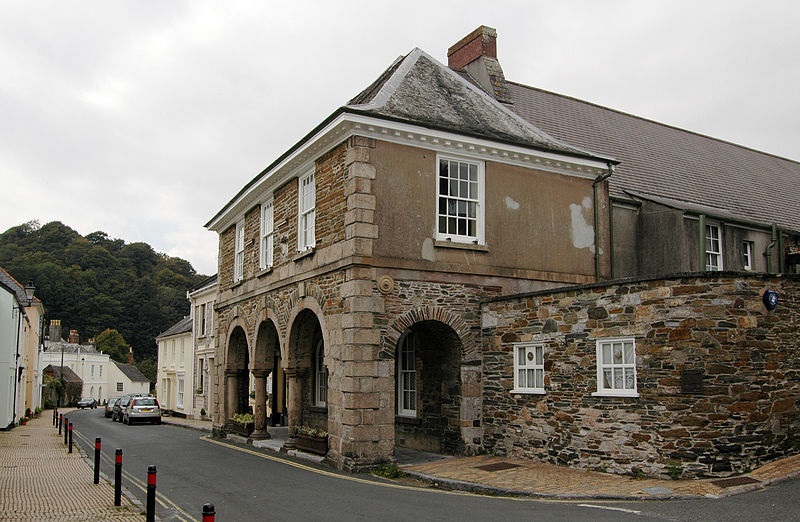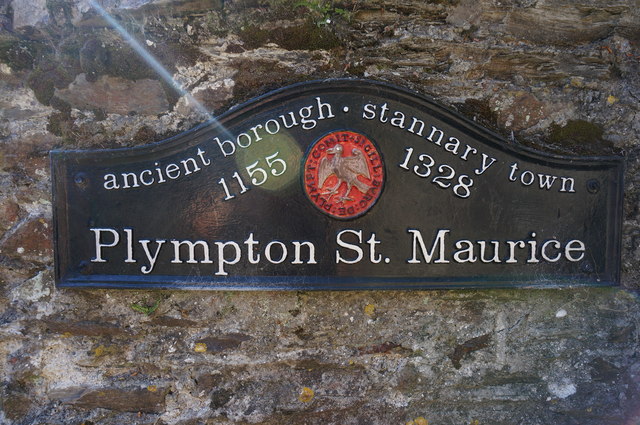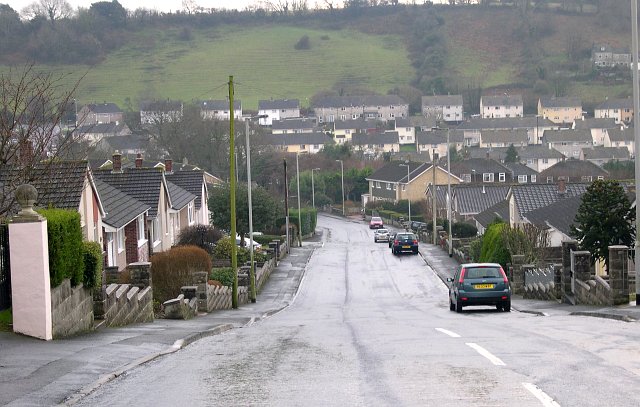







Plympton St was once a street of state houses, its footpath enhanced by the beauty of its planted Rhododendrons. Today it retains much of that quiet neighbourhood character. It was named in 1948 after the village near Plymouth in Devon.
Plympton itself is an ancient stannary town and a former seaport, and it was an important centre in the days of Cornish tin mining. Silting of the river forced the relocation of port facilities down river to Plymouth.
Plympton was the site of an important Augustinian priory founded in the early 12th century. Though the exact origin of the name is not certain, it is likely that the name came from the word for priory in the Cornish language (Plym, Plim or Plem), making it the "priory town". An alternative explanation is that the name derives from the Old English 'plum-tree town'.
The town is dominated by its now ruined Norman castle and retains a medieval street pattern. Plympton still has its own town centre (called the Ridgeway), the site of Plympton Public Library. Plympton boasts a number of historic buildings in the local style of green Devon slate, limestone and lime-washed walls, with Dartmoor granite detailing.
Plympton railway station was opened by the South Devon Railway in 1848. Railway facilities were originally provided by the horse-drawn Plymouth and Dartmoor Railway, The station was eventually closed in 1959.
Today the town is a suburb of the city of Plymouth, which absorbed it in 1967. Plympton is a 'dispersal area' under an order taken by the City which enables the police to disperse groups of two or more young persons for periods of up to 24 hours if they consider them a threat to public order.
This story was originally published in the Taranaki Daily News.
Please do not reproduce these images without permission from Puke Ariki.
Contact us for more information or you can order images online here.